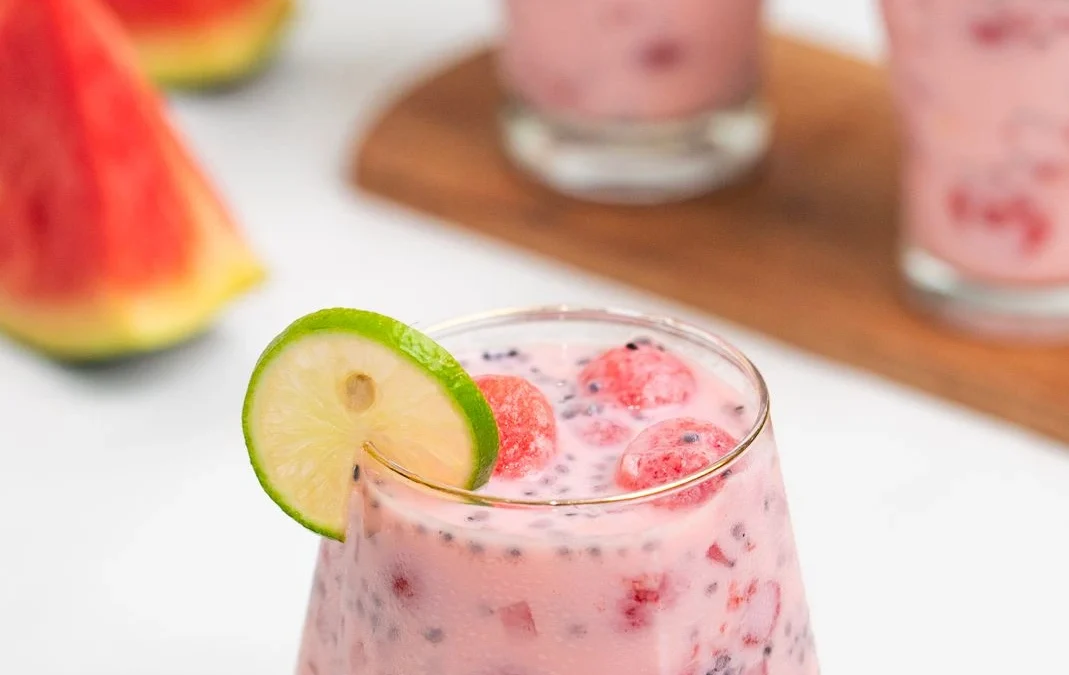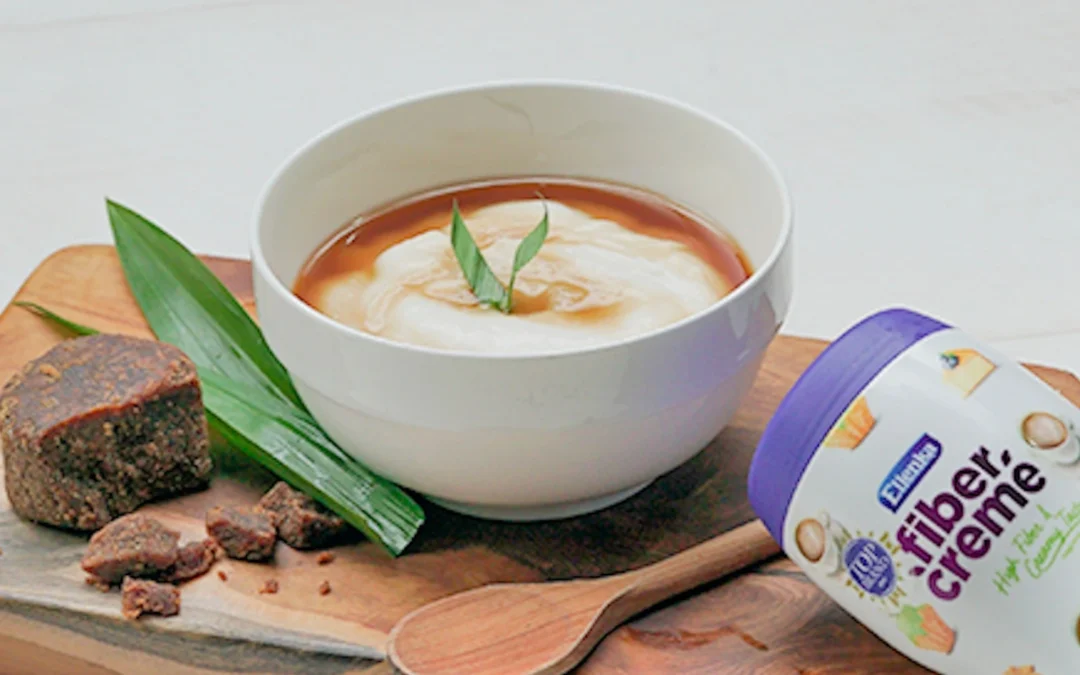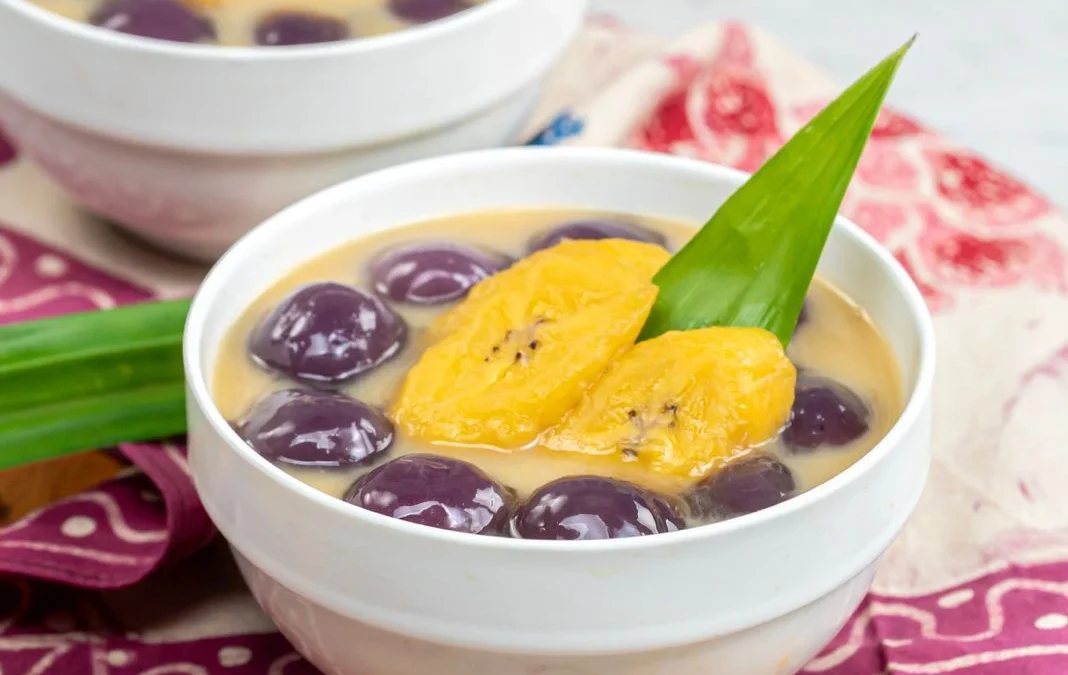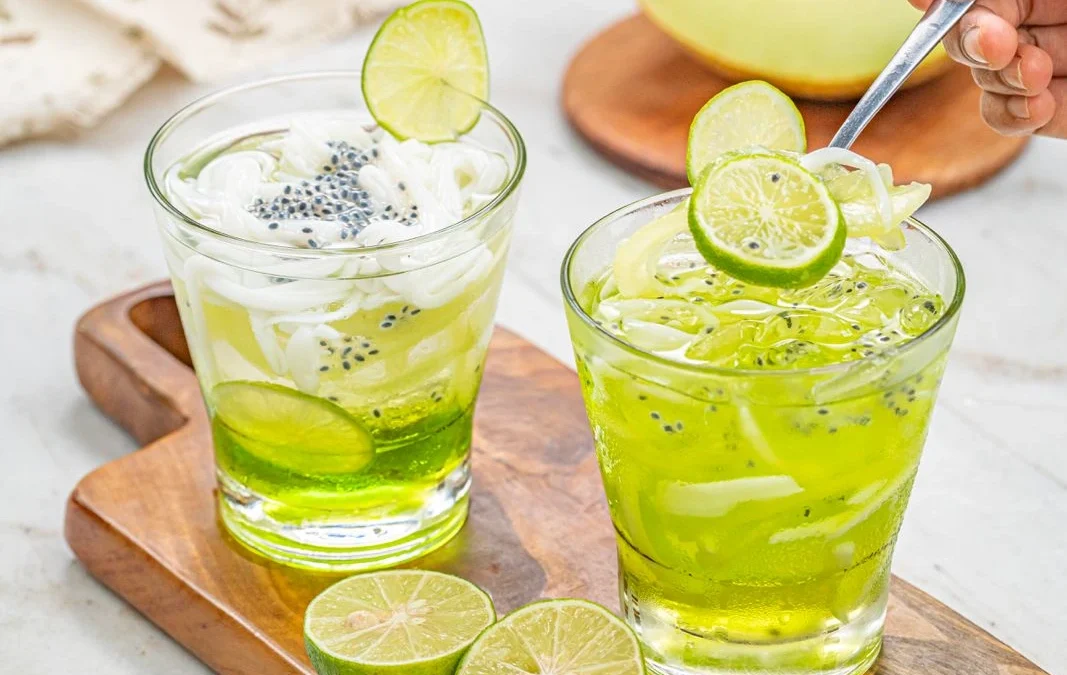 Ketupat and lontong are often served as a source of carbohydrates that complement dishes during celebrations like Lebaran. But did you know that besides their shape, ketupat and lontong have several other differences? If you enjoy both, read this article to learn more about the differences between ketupat and lontong!
Ketupat and lontong are often served as a source of carbohydrates that complement dishes during celebrations like Lebaran. But did you know that besides their shape, ketupat and lontong have several other differences? If you enjoy both, read this article to learn more about the differences between ketupat and lontong!
Differences Between Ketupat and Lontong
 To make sure you don’t mix them up, let’s take a closer look at the key differences between ketupat and lontong below:
To make sure you don’t mix them up, let’s take a closer look at the key differences between ketupat and lontong below:
1. Ingredients and Preparation Process
Made from rice woven into a diamond-shaped pouch of young coconut leaves, ketupat is then boiled until cooked. This intricate weaving process requires skill and patience. The boiling process infuses the rice with the subtle fragrance of the coconut leaves.
Made from rice packed into banana leaves or heat-resistant plastic, lontong is then steamed until cooked. This method results in a compact, cylindrical or rectangular shape, depending on the mold used.
2. Shape and Texture
Its distinctive woven diamond shape is a result of the coconut leaf casing. The texture is firm, chewy, and dense due to the tight packing and boiling process.
On the other hand, lontong typically takes on a cylindrical or rectangular form, dictated by its container. The steaming process yields a softer, more tender, and slightly crumbly texture compared to ketupat.
3. Aroma and Taste
The unique aroma of coconut leaves subtly permeates the rice, adding a fragrant dimension to the natural savory flavor of the grain.
Lontong possesses a more neutral aroma, allowing the pure, savory taste of the rice to shine through.
4. Serving and Accompanying Dishes
Ketupat is a popular accompaniment to rich and flavorful dishes such as opor ayam (chicken in coconut milk curry), rendang (slow-cooked beef stew), sate (grilled skewers of meat), and other celebratory meals. The firm texture of ketupat holds up well against these robust sauces.
On the other hand, lontong often finds its place alongside sayur lodeh (vegetable stew in coconut milk), sambal goreng (fried chili relish), or as a component of kupat tahu (a dish of ketupat, tofu, and vegetables with peanut sauce). The softer texture complements these lighter dishes. While sometimes used interchangeably with ketupat, lontong’s texture makes it a preferred choice for specific dishes.
5. Shelf Life
Due to its compact nature and the antimicrobial properties of coconut leaves, ketupat has a longer shelf life and can be stored for several days. While lontong is more perishable and is best consumed within a day or two of preparation.
Read More : How to Store Banana Leaves to Last for Months
Perfect and Healthier Pairings for Ketupat and Lontong

Now that you know the differences between ketupat and lontong, which one will you choose to complete your Lebaran feast?
You can enjoy ketupat or lontong with a variety of delicious Eid dishes like opor, sate, sambal goreng, and rendang. But if you’re hesitant about indulging in these dishes because you’re avoiding coconut milk, here’s a tip from Minchef—you can make all these meals using FiberCreme! It’s just as delicious as coconut milk but with high fiber, low sugar, and 0mg cholesterol.
Celebrate Lebaran worry-free with FiberCreme! Find more #TastyCanBeHealthy recipe inspiration on Instagram @FiberCreme_TV and Ellenka’s YouTube channel.






0 Comments